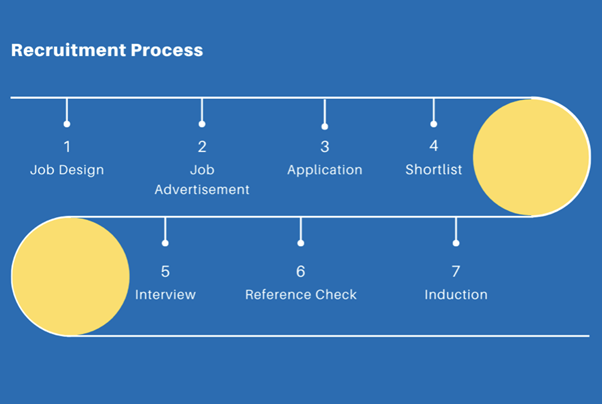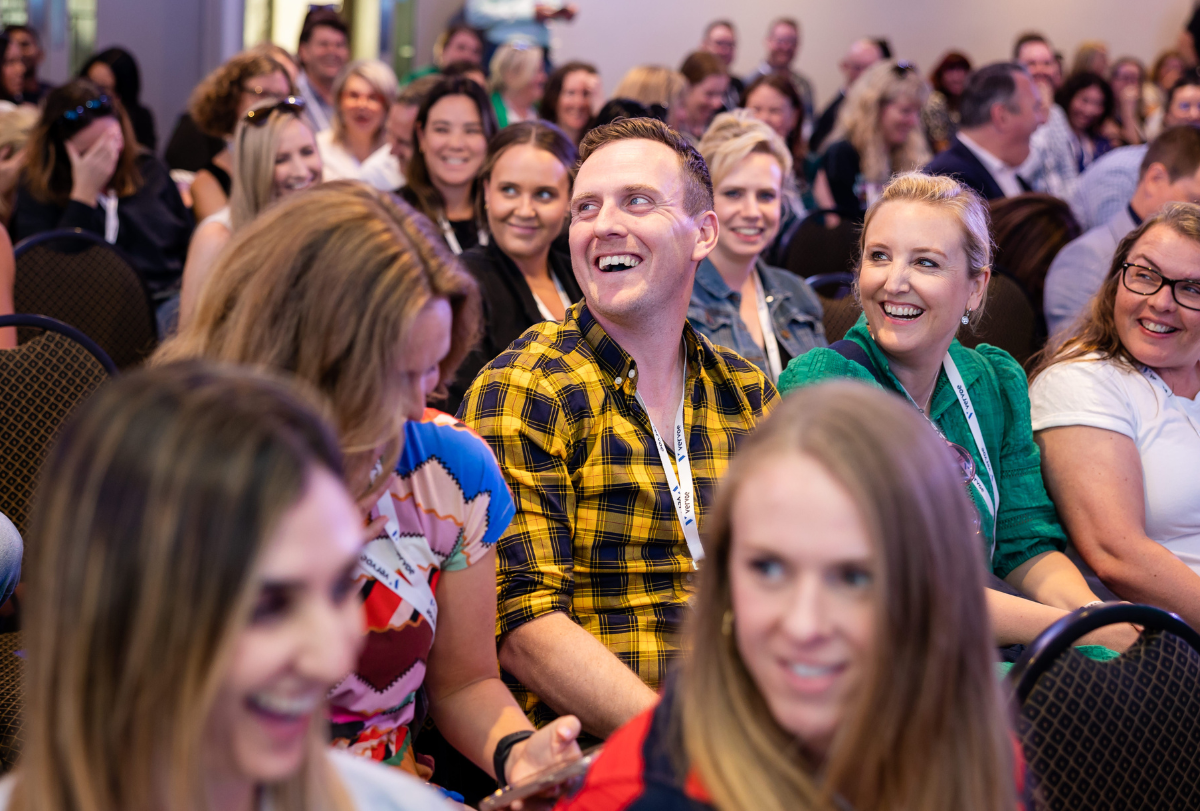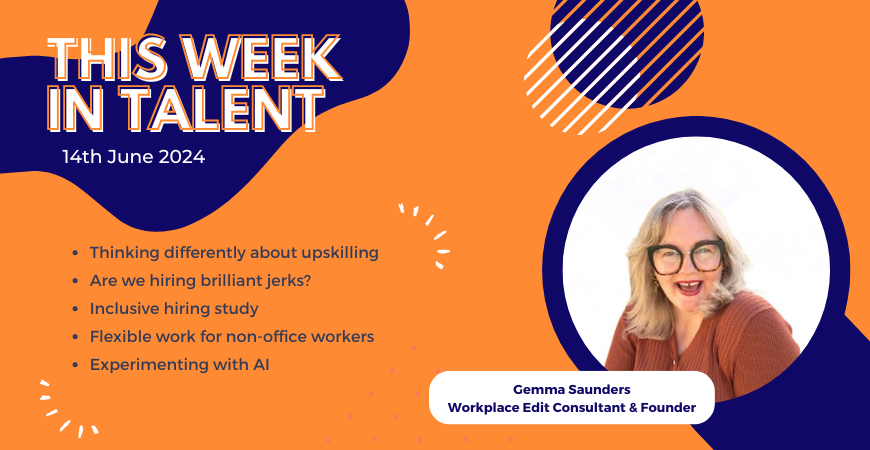We know the message is out now – diversity is good for business. Many organisations are now requiring more and more from their recruiters when it comes to bringing higher levels of diversity to the applicant list. Unfortunately, all the hard work being done to source candidates from different backgrounds and experiences can come completely unstuck as those candidates move through the process.
The recruitment process in most organisations is still rife with opportunity for bias to impact the decision. Many people think that ensuring diversity on the recruitment panel is enough. Unfortunately, we know the opposite to be the case. Figure 1 shows a typical recruitment process, let’s work through each step looking for ways bias can influence the outcome.

1. Job Design
Is this a new job or an existing role? Either way the position description can be a hiding place for a variety of biases. These can impact the people who apply for the role and ultimately who is successful. There is much research around the use of gendered language in position descriptions and job advertisements – but there is much more to it than that. Research shows us that women and minority groups are much more likely to apply for roles with shorter position descriptions and less essential selection criteria. Many studies have shown that women will only apply if they believe they meet 100% of the essential selection criteria whereas men will apply regardless. The lesson here is to remember that essential means essential – if you came across an outstanding candidate and they met all but one of your criteria would you still hire them? If the answer is yes, then that criteria is not essential.
2. Job Advertisement
When creating a job advertisement your role is to market the role to a diverse range of people. Too often the job ad is created with a particular person in mind. If you are particularly interested in people with disability applying then think about them when sculpting the job ad – what would they be looking for in a working environment. But don’t guess, find out. Test your language and content on people who do have disability and see what they say – would they apply?
3. Application
What demographic data does your application process collect and how does it collect it? Who has access? What inclusion messages is it sending? I recently entered a tennis competition. It was advertised as an inclusive event for people of all genders, that attracted me so I went to enter and the very first question was what is your gender? The answers available were male and female. This is an obvious one but if there’s not a place for me in your forms then I highly doubt there’s a place for me in your organisation. Get your gender question right but also consider collecting other demographic data. I understand the complexities around this and the hesitation that many organisations have – but you can’t expect to be able to increase the diversity of the workforce if you aren’t measuring it in some way.
4. Shortlist
Gender balanced shortlists? Yay or nay? The answer: it depends. If shortlisting is the place where bias is having the most impact then yes this may be a great tactic but if you have been tracking your data you will know whether this will be successful or not, if women are applying but not making it to interview then a balanced shortlist may just be the circuit breaker you need.
5. Interview
Ok so this is the obvious one, you need diversity on the panel don’t you? But there is no point having people from different backgrounds and experiences than the majority if their voice does not play a significant role in the decision being made. When it comes to the crunch who makes the final decision and based on what criteria? Designing the interview process to mitigate the impact of bias is just as important as ensuring diverse voices are on the panel.
6. Reference Check
The way we interact and feel about a person is quite often guided by bias. If you are more like me I am more likely to trust you (similarity bias), if you fit my stereotype of a chef then I will rate your competence high and if I have made a positive judgment about you on our first meeting then I will constantly seek confirmation of your competence making me believe you are even better than I first did (confirmation bias). The trick is noticing this when asking for reference checks. I have seen such an uplift in the rigour of the reference check process but if you are conducting the checks have you checked your own bias? Whose voice do you give more weight to? How are you balancing the idea of achievement relative to opportunity? There are some creative and interesting ways organisations are seeking references now that reduce the impact of bias in a tactical way, watch this space!
7. Induction
Finally, there is the induction stage. If the person has made it through the process this step, as all recruiters know, is vital to the retention of the candidate. If you have sold an inclusive environment and someone walks into the workplace and experiences anything but inclusion then you have a problem. As a leading Diversity and Inclusion practitioner Riley Edwards said to me once: “Clean up your backyard before you invite people to the party”. I think this translates perfectly – don’t just assume that more diversity in your workplace will create inclusion. You must be proactively working on the inclusion part at the same time as you seek to increase your diversity.
The solution to this is not a ‘one size fits all’ – every business needs a tailored approach to this work. Dr Bree Gorman has created a checklist for recruiters to use when they start a recruitment process.
Download the Recruitment Bias Checklist here.




























